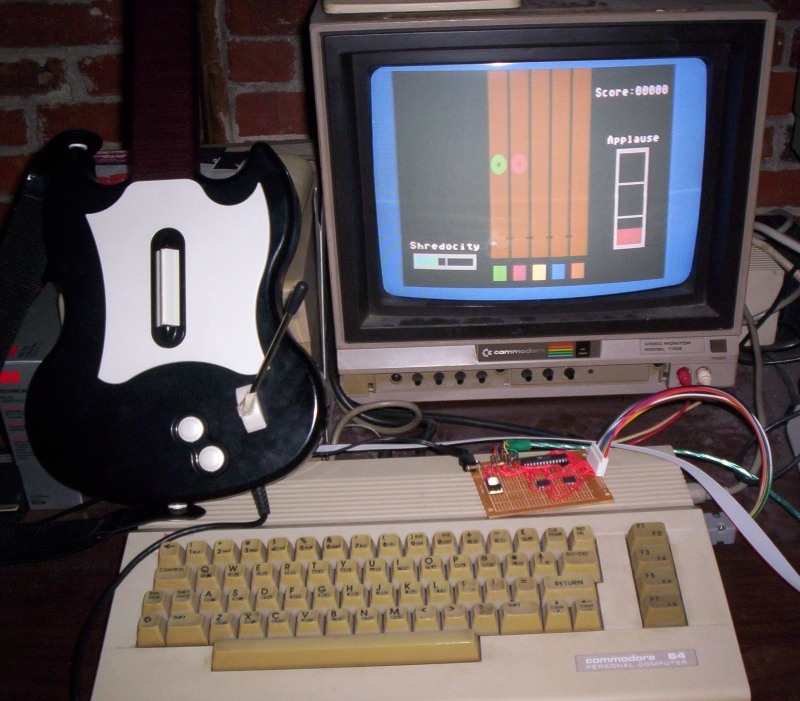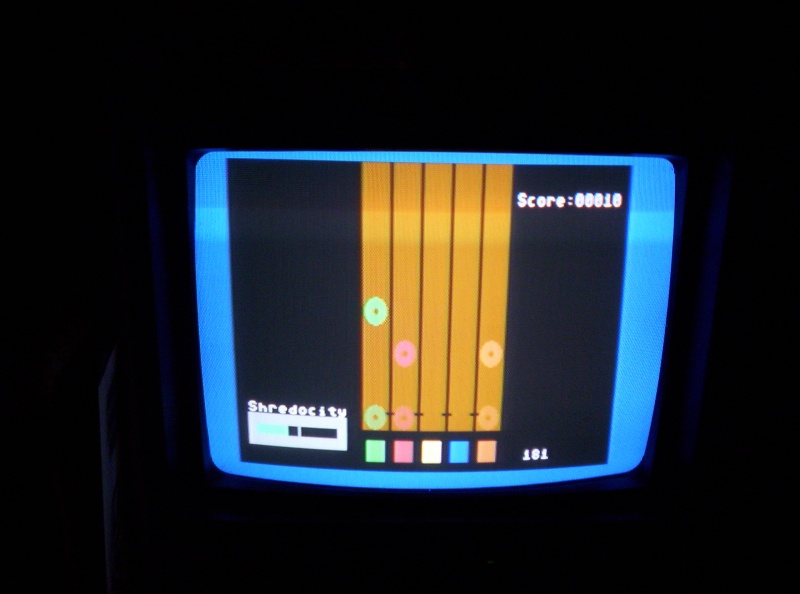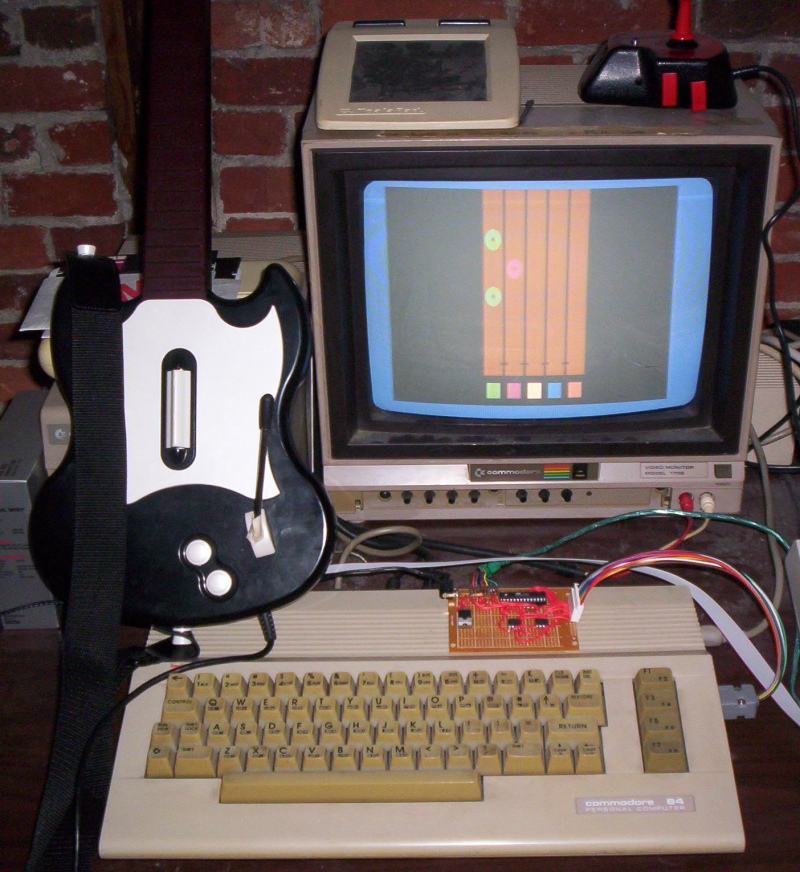The majority of the note recorder is done, properly records and writes to file, worked out some bugs from before. Changed ending the song from an empty strum to pressing the whammy bar, just in case an empty strum is accidentally hit. Also created a main menu that uses the guitar to select options. Added a credits screen. Next up is detecting all songs on disk, displaying them for selection with title and artist, showing scores, and saving scores after playing. I’m pushing development up a notch, I’d like to get this done soon.
-
About
-
 Hello - and thanks for visiting my site! I maintain ToniWestbrook.com to share information and projects with others with a passion for applying computer science in creative ways. Let's make the world a better and more beautiful place through computing! | More about Toni »
Hello - and thanks for visiting my site! I maintain ToniWestbrook.com to share information and projects with others with a passion for applying computer science in creative ways. Let's make the world a better and more beautiful place through computing! | More about Toni »
-
My Highlighted Projects
- Cloudburst Connection - our newest game!
- Shredz64 - Guitar rhythm game for C64
- Whirlwind - NES compatible FPGA Core
- PALADIN - Metagenomic characterization
- RepeatFS - File system for scientific reproducibility
- SynthNet - Neural network simulation
- NetPaint - Text-based drawing
- GitHub - View all projects
Recent Comments
- Toni on Transferring files to the Osborne 1
- CloudInMyHead on Transferring files to the Osborne 1
- Kelsey Travis on Converting Your Corporate Intranet to Drupal
- Lyle on Transferring files to the Osborne 1
- Ander on Evolution Experimentation Module Complete
Archives






